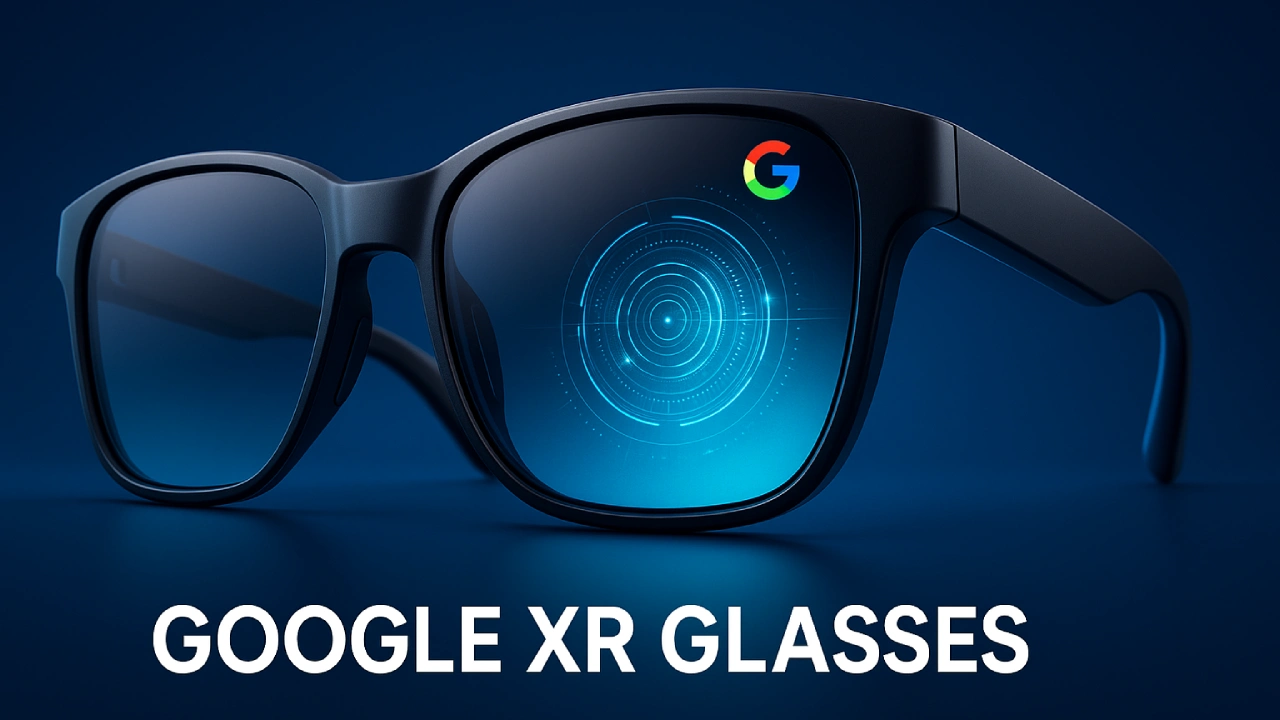Google I/O 2025 was packed with exciting tech updates, especially around artificial intelligence and how it’s being built into everyday tools. If you missed the event, don’t worry — here’s a simple summary of the top 5 things Google announced that could change how we search, create, and interact with technology.
Google I/O 2025 was all about the future of AI and how it’s being added to the tools we use every day. The biggest highlight was the new AI Mode in Google Search, which lets you chat with search like you would with a smart assistant — asking follow-up questions, getting charts, product comparisons, and more. Google also launched Gemini 2.5, their most advanced AI model so far, which powers apps like Gmail, Docs, and Chrome. It helps with everything from writing and research to coding, all with a smarter and more natural feel.
1. AI Mode in Google Search
Google Search is getting smarter. A new AI Mode is coming that allows you to ask detailed questions and get answers in a more natural, chat-like way. This means you can:
- Ask complex questions and get summarized answers.
- See visual results like product comparisons or graphs.
- Use interactive features while shopping, reading news, or planning trips.
Why this is big:
It’s like having a smart assistant right inside your search bar. You don’t just get links — you get actual help.
2. Gemini 2.5: Google’s Most Powerful AI Yet
Google released its latest AI model: Gemini 2.5, which comes in two types:
- Gemini Flash for fast, everyday tasks.
- Gemini Pro for more advanced work like coding or deep research.
Gemini is now used across Google tools like Gmail, Docs, Chrome, and Android. A cool feature called “Deep Think” lets the AI pause and give smarter answers for tough questions.
Why this matters:
AI is now built into tools we use daily — making them more useful, accurate, and responsive.
3. New AI Tools for Creators: Veo 3, Imagen 4, and Flow
Google introduced upgraded creative tools:
- Veo 3 can turn text into full videos with sound.
- Imagen 4 generates high-quality images from descriptions.
- Flow helps people design and animate characters and scenes easily.
Why this matters:
You don’t need to be a designer or editor anymore. AI can help anyone create videos, images, and animations from just ideas.
4. Android XR and Google Beam: Welcome to Mixed Reality
Google is entering the mixed reality space with:
- Android XR: Smart glasses that show maps, messages, and translations in front of your eyes.
- Google Beam: A new video call system that creates 3D-like conversations, almost like you’re sitting with the person.
Why this matters:
These tools bring real-world AI experiences — making video calls feel more real and glasses smarter than ever.
5. AI Agents That Work With You
Google showed off two futuristic AI helpers:
- Gemini Live (Project Astra): This lets your phone camera and voice assistant work together to describe things around you or translate signs.
- Project Mariner: A behind-the-scenes AI that can book tickets, schedule meetings, or reply to emails on its own.
Why this matters:
These are AI tools that don’t wait for instructions — they help you proactively, saving time and effort.
Final Thoughts
Google I/O 2025 made one thing clear: AI is becoming a bigger part of how we live and work. From searching smarter to creating content and handling daily tasks, these updates are all about saving time and making life easier.
If you use Google apps — or any smart tech — these tools will likely become part of your routine very soon.
Other exciting updates included Veo 3, a tool that turns text into videos, and Imagen 4, which generates realistic images from descriptions. Google also revealed Android XR smart glasses for augmented reality and Google Beam for lifelike 3D video calls. Two AI assistants — Gemini Live and Project Mariner — can now see the world through your camera and even automate your daily tasks. Overall, Google I/O 2025 made it clear: AI is no longer just a feature — it’s the foundation of how we’ll use technology in the future.







